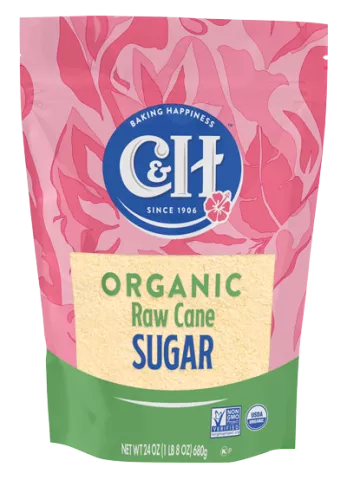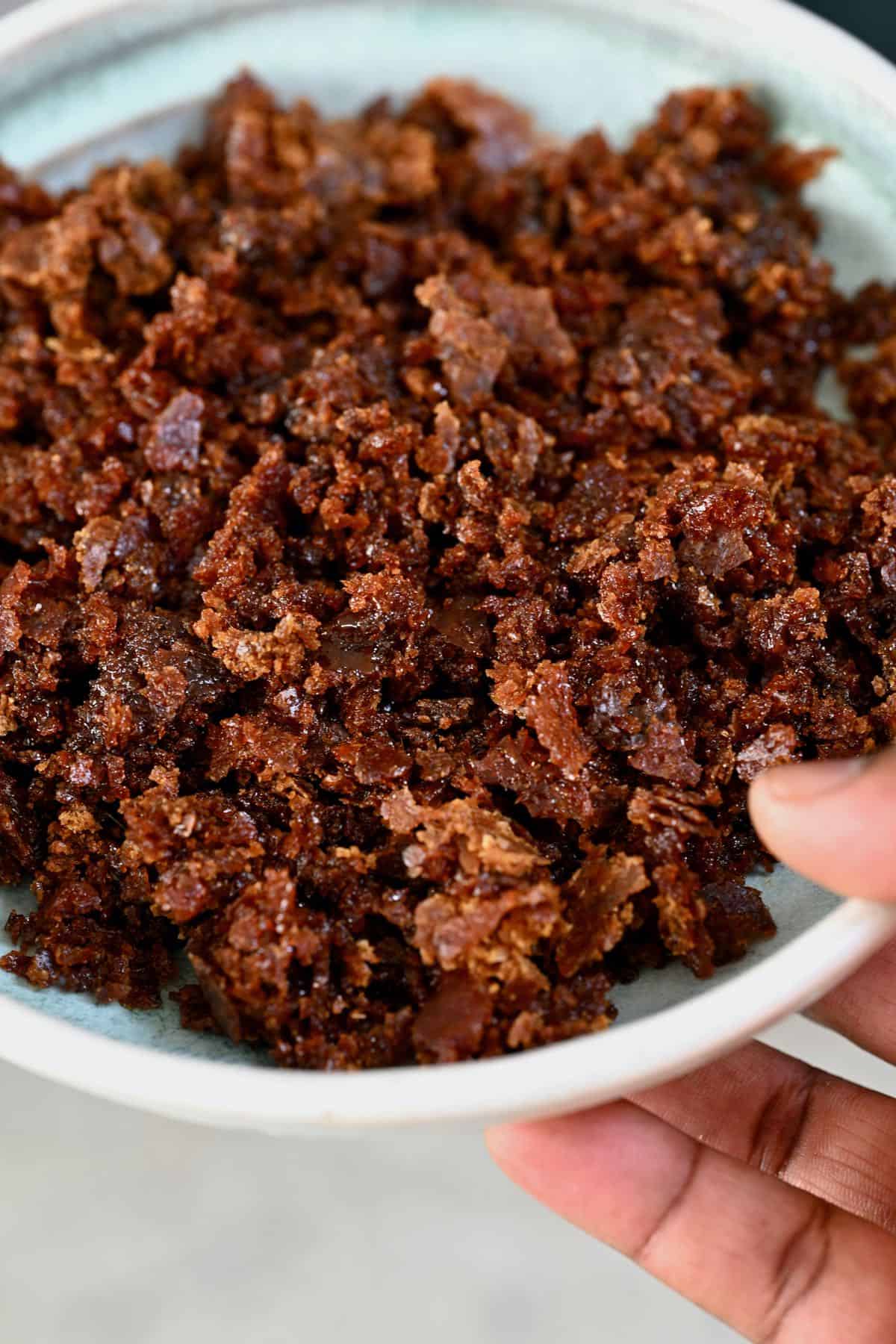Cane Sugar Processing Explained: What Takes Place Inside a Sugar Mill
Cane Sugar Processing Explained: What Takes Place Inside a Sugar Mill
Blog Article
Checking Out the Comprehensive Steps Entailed in Walking Stick Sugar Processing From Collecting to Improvement
The process of walking cane sugar manufacturing incorporates a series of elaborate steps, starting with the careful harvesting of sugarcane and culminating in the refinement phases that guarantee the final item meets sector requirements. Each stage, from the extraction of juice to the purification and condensation procedures, plays an essential function in identifying the quality and character of the sugar.
Harvesting Sugarcane
Harvesting sugarcane is a vital action in the walking cane sugar processing chain, as it directly affects the top quality and return of the end product. Proper timing and techniques are important during this phase to ensure optimal sugar content and decrease losses. Commonly, sugarcane is harvested when it reaches maturation, typically 12 to 18 months after planting, identified by a high sucrose focus.

Post-harvest, the sugarcane has to be refined promptly to prevent sucrose degradation. Preferably, harvested walking stick ought to be moved to processing centers within 1 day to protect sugar top quality. For that reason, efficient logistical preparation is important to preserve the honesty of the harvested plant throughout the supply chain.
Extraction Process

The crushed walking cane undergoes a collection of pushing operations to maximize juice recuperation. Normally, warm water is splashed onto the crushed cane, producing a countercurrent flow that aids liquify the sugar while additionally assisting in the extraction procedure. The juice accumulated from this procedure contains not only sugar yet likewise various organic compounds and contaminations.

To improve removal efficiency, some facilities might use diffusion methods, where the sugarcane is taken in hot water, enabling the soluble sugars to diffuse into the liquid. The resulting juice, abundant in sucrose, is then guided to subsequent processing stages, laying the foundation for purification and refinement. The removal procedure is thus critical in identifying the top quality and yield of the last sugar product.
Purification Techniques
The purification methods employed in walking cane sugar handling are crucial for transforming the raw juice right into a high-quality sugar product. These techniques primarily aim to get rid of pollutants, such as dirt, plant products, and inorganic compounds, which can negatively influence the last item's flavor and shade.
This procedure involves adding lime and warmth to the raw juice, which assists in the coagulation of impurities. Additionally, the use of phosphoric acid can boost the information procedure by further binding pollutants.
An additional significant method is carbonatation, where co2 is introduced to the clarified juice. This reaction generates calcium carbonate, which captures remaining contaminations and promotes their removal.
Moreover, triggered carbon treatment may be put on adsorb any type of remaining colorants and organic impurities, guaranteeing a much more polished product. The combination of these techniques efficiently prepares the sugar juice for succeeding steps in the refining procedure, establishing the stage for the manufacturing of premium cane sugar.
Crystallization Methods
After the purification phase, the following essential action in walking cane sugar processing involves formation methods, which play an essential duty in changing the explanation cleared up juice right into solid sugar. This procedure normally uses 2 key techniques: spontaneous condensation and regulated formation.
In spontaneous crystallization, supersaturated sugar remedies are permitted to cool normally, leading to the development of sugar crystals over time. This approach allows for the uniform growth of sugar crystals and higher pureness.
Throughout formation, the cleared up juice is focused via evaporation, raising its sugar material till it reaches supersaturation. As soon as this factor is attained, either approach can promote the condensation procedure. Cane Sugar Processing. The resultant sugar crystals are after that separated from the continuing to be syrup via centrifugation
Eventually, the selection of formation method impacts the top quality, dimension, and pureness of the last sugar product, making this action important in the overall walking cane sugar handling procedure.
Refinement and Packaging
How can the pureness and top quality of cane sugar be further improved after condensation? The improvement process plays a critical function in accomplishing top notch walking stick sugar. Complying with condensation, sugar undertakes a comprehensive cleaning to eliminate impurities and discover this residual molasses. This is generally accomplished using warm water or heavy steam, which aids liquify and extract undesirable aspects while protecting the sugar crystals.
Next, the sugar undergoes a procedure called centrifugation, where it is rotated at broadband to divide the detoxified sugar crystals from the staying liquid. After centrifugation, the sugar is commonly further improved through a method called carbonization or phosphatation, which makes use of turned on carbon or phosphoric acid to get rid of shade and off-flavors.
As soon as fine-tuned, the sugar is dried out to attain the preferred moisture content, you could try here making certain that it continues to be secure during storage space and transport. The final step involves product packaging the polished sugar in moisture-proof and airtight containers to preserve its top quality and stop contamination. Cane Sugar Processing. Appropriate product packaging not only expands life span yet additionally facilitates simple handling and circulation, making sure that consumers obtain sugar that satisfies the greatest standards of pureness and top quality
Conclusion
The extensive actions associated with walking cane sugar processing, from the meticulous harvesting of sugarcane to the intricate refinement and product packaging stages, highlight the value of each phase in ensuring high-grade sugar manufacturing. Optimum harvesting strategies, reliable extraction approaches, and extensive purification processes jointly add to the last product's purity and security. The crystallization and succeeding packaging practices additionally boost the stability and service life of the sugar, highlighting the complexity and precision intrinsic in this crucial agricultural sector.
The process of walking cane sugar manufacturing encompasses a collection of complex steps, beginning with the careful harvesting of sugarcane and culminating in the refinement stages that ensure the last product meets sector criteria. Preferably, gathered walking cane needs to be transported to processing centers within 24 hours to protect sugar top quality.In spontaneous crystallization, supersaturated sugar solutions are permitted to cool down naturally, leading to the development of sugar crystals over time - Cane Sugar Processing. The refinement process plays a vital function in achieving top quality cane sugar.The extensive steps entailed in walking stick sugar processing, from the thorough harvesting of sugarcane to the complex improvement and packaging stages, highlight the importance of each stage in ensuring high-grade sugar production
Report this page